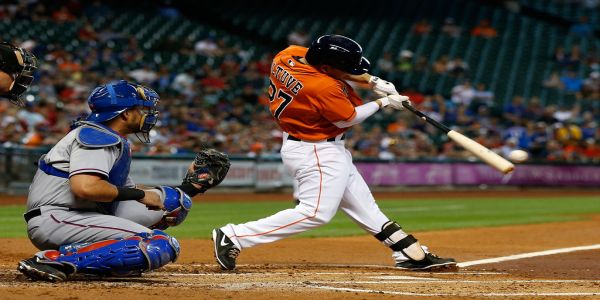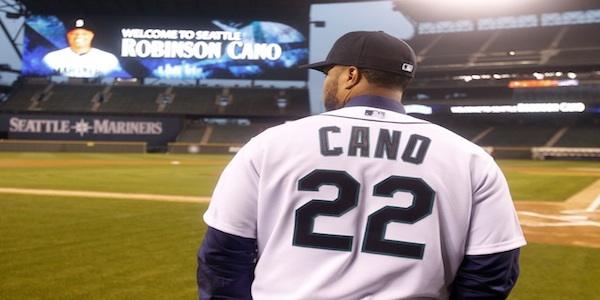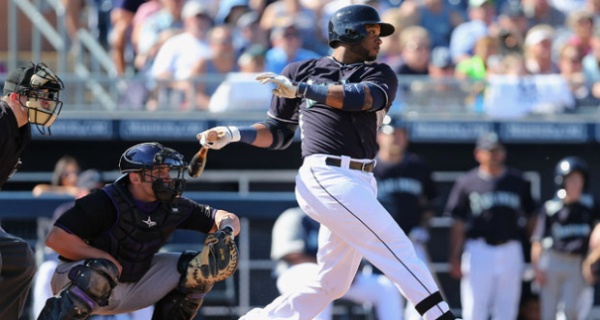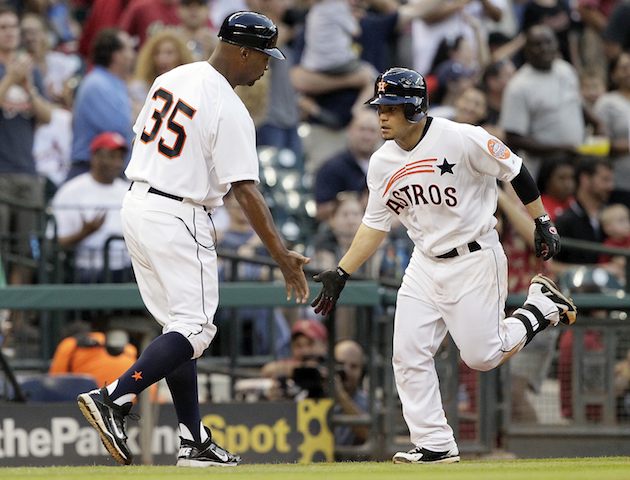The Platoon Advantage: Second Basemen
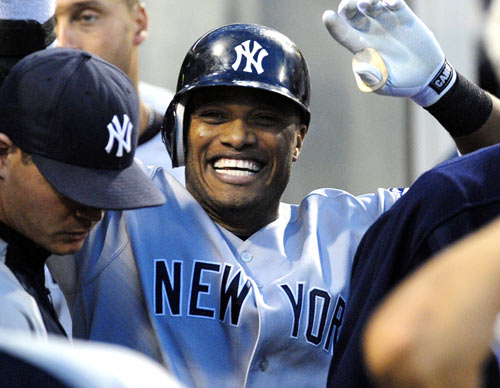
Second base provides its own unique opportunities for a platoon advantage. If you have been following the series you know we have a few rules of thumb that guide us throughout the draft process. If we can provide balanced good production then we avoid the platoon if we possibly can. This is simply because there aren’t enough bench spots to platoon at every position. We only platoon when it is in our best interest to do so. Second base affords you some opportunies that you don’t have at other positions for the following reasons:
- There really is only one dominant second baseman and you don’t want to be in a position to overdraft him.
- There are several players on both sides of the plate that have large gaps in their splits.
- You can find many of these players later on in the draft or even on the waiver wire.
The last point is really the most important for us. There is nothing more foolish than drafting some guy in the tenth round and then playing him only 20 to 25 percent of the time. You can get much better utility out of that pick going elsewhere. Yet, when you are talking about the 22nd or 23rd round pick you are beginning to look at bench players anyway. So, if you can plug in a player you know will give you great production in even 40 to 50 games then you are talking pretty good value right there. If you pair him up with someone that will mash in 100 to 110 games then you have a position that is manned by two guys that will mask the performance of a superstar player. In most cases you can pick both guys further down in the draft and man at least one other position with a true superstar that you wouldn’t have otherwise. Let’s begin by looking at our balanced guys. For our purposes, balanced means they have a gap of 30 points or less in their total average.
| Bats | TAVR | TAVL | Diff | |
| Ben Zobrist |
B |
.302 |
.316 |
.014 |
| Dan Uggla |
R |
.275 |
.278 |
.003 |
| Howie Kendrick |
R |
.262 |
.292 |
.030 |
| Rickie Weeks |
R |
.267 |
.291 |
.024 |
| Aaron Hill |
R |
.275 |
.270 |
.005 |
| Marco Scutaro |
R |
.270 |
.269 |
.001 |
| Brandon Phillips |
R |
.265 |
.266 |
.001 |
| Daniel Murphy |
L |
.277 |
.250 |
.027 |
I say there is only one star at second base, but I lied. Ben Zobrist continually is underrated in fantasy circles because fantasy players are late to the OBP train. Most leagues have added walks and/or OBP as a category and if you are in one of those leagues you must treat Zobrist like a star. Furthermore, he can play so many positions, so he is an underrated asset. Otherwise, none of these guys scream star. So, why overpay for balance when all that gets you is slightly above average performance (remember, .260 TAV is average). In particular, people in your league will likely overdraft a player like Brandon Phillips. If you go to my TRI positional rankings at second base you will notice how far down Phillips ranks. That’s not an accident.
There are some big names not a part of the balanced table and that’s not such a big deal. Second base offers you some options to augment their performance. More importantly, we are talking about a very shallow position overall in terms of quality. There are a lot of guys hovering around the .260 average overall, but very few at .280 or above. Remember, we are talking career averages here. This is a prime opportunity to take two parts and create a new whole. Your league won’t know what hit them.
| Bats | TAVR | TAVL | Diff | |
| Robinson Cano |
L |
.338 |
.264 |
.074 |
| Chase Utley |
L |
.304 |
.271 |
.033 |
| Jason Kipnis |
L |
.289 |
.227 |
.062 |
| Neil Walker |
B |
.283 |
.239 |
.044 |
You can play these guys everyday if you choose. In particular, Cano and Utley won’t kill you against lefties, but they will become better fantasy players if paired with guys that mash from the right side. On the flip side, the opportunities are really there for guys like Kipnis and Walker. Their averages against lefties make them look like mediocre guys, but if you pair them with someone strong on the right side you can get excellent production and not even break into the top ten rounds for your second basemen. Kipnis in particular should grow in his second full season and could easily surpass a .300 total average against righties. Pair him with a Logan Forysthe (shown below) and you have a superstar second baseman.
| Bats | TAVR | TAVL | Diff | |
| Logan Forsythe |
R |
.228 |
.342 |
.114 |
| Ian Kinsler |
R |
.252 |
.326 |
.074 |
| Jose Altuve |
R |
.241 |
.325 |
.084 |
| Dustin Pedroia |
R |
.281 |
.313 |
.032 |
| Mark Ellis |
R |
.237 |
.299 |
.062 |
| Jamey Carroll |
R |
.245 |
.289 |
.044 |
| Omar Infante |
R |
.246 |
.285 |
.041 |
| Danny Espinosa |
B |
.248 |
.282 |
.034 |
There are quite a few candidates on this side of the plate that will help you, but you have to keep in mind that these players will typically only face lefties about 20 percent of the time. So, picking a good fantasy player like Ian Kinsler or Dustin Pedroia doesn’t make a whole lot of sense here. Still, if we remove those two guys then we have several that are intriguing candidates for a platoon. This is where it pays to pay attention to ADPs and mock drafts. Where are Danny Espinosa and Jose Altuve trending? Neither should be a high selection, but both could be because there is some hype surrounding them. For Altuve, most of that is around his speed, but some is just fantasy players remembering “The Little Engine that Could” from their schooldays.
Espinosa has the look of someone that should be a good fantasy player and so some might pick him and hope for growth. If you want to do the same around the 20th round then be my guest, but I wouldn’t do that in the interest of a platoon. What is intriguing about second base is that even if you remove all four of those guys, you still have four left that are likely not going to get drafted in standard ten or twelve team leagues. So, you could wait until the final round and pick up a Forsythe, Ellis, Carroll, or Infante and take it to the bank. If you go with a Walker/Forsythe combination or a Kipnis/Altuve combination then you have the makings of a top five second baseman without spending a pick within the top fifteen rounds potentially. That affords you the opportunity to spend those early picks elsewhere.


